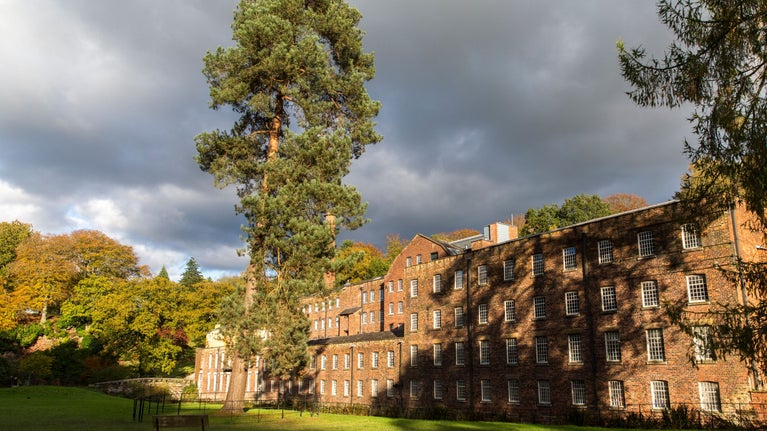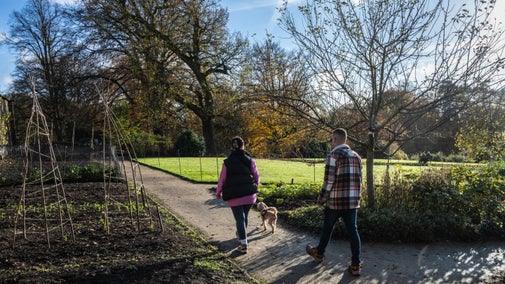
Quarry Bank's collections
Explore the objects and works of art we care for at Quarry Bank on the National Trust Collections website.

Built at the start of the Industrial Revolution in 1784, Quarry Bank grew to become one of the largest cotton manufacturing businesses in the world. It was home to the mill-owning Greg family, as well as hundreds of mill workers and child apprentices. The story of Quarry Bank is that of an entire industrial community – and that of the revolution that shaped their lives.
The Industrial Revolution changed our world forever. Technological inventions replaced people with machines, and whereas once thread and cloth had been made by hand at home, now they were made in huge factories like Quarry Bank. This period witnessed the construction of factories on an unprecedented scale. The creation of these factories enabled mass production, which in turn sparked the social and political change that would shape modern Britain.


Explore the objects and works of art we care for at Quarry Bank on the National Trust Collections website.
Plan your family day out to Quarry Bank and discover all the family-friendly things to do no matter the weather. From exploring the mill, to enjoying one of our seasonal trails around the property.

Wander through the dramatic valley garden, stroll by the river and tune into the sights and sounds of the season as you explore this rare retreat where nature and industry collide.

Pull on your walking boots and stride out on a walk through the 400-acre estate. Follow the river through woodland to discover a historic landscape, bursting with wildlife.

Step inside the mill which led the way into the Industrial Revolution and experience the machines in action. Visit the homes of mill owner and worker to see what life here was like.

Find out about the supporter groups you can join in Cheshire and Greater Manchester including The Manchester Centre, East Cheshire National Trust Association and Frodsham and District Association.

Learn about people from the past, discover remarkable works of art and brush up on your knowledge of architecture and gardens.

From landscape gardeners to LGBTQ+ campaigners and suffragettes to famous writers, many people have had their impact on the places we care for. Discover their stories and the lasting legacies they’ve left behind.
